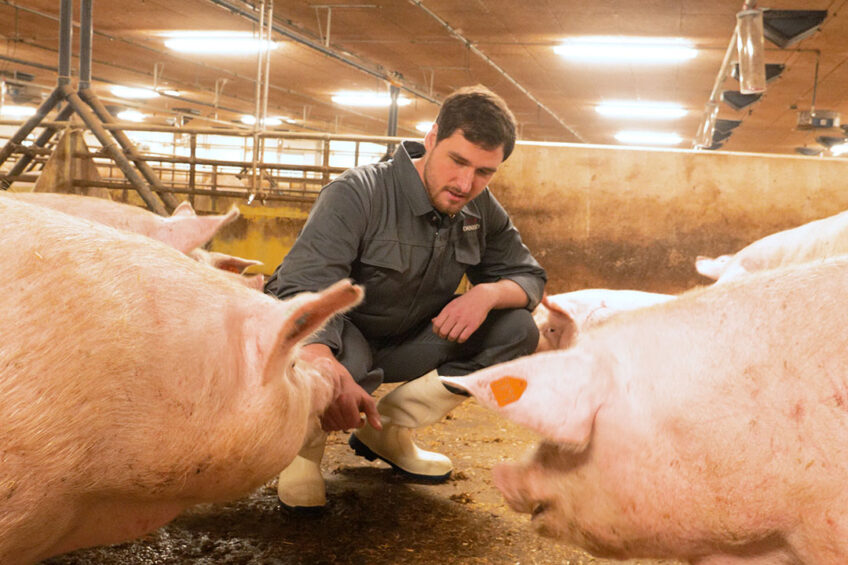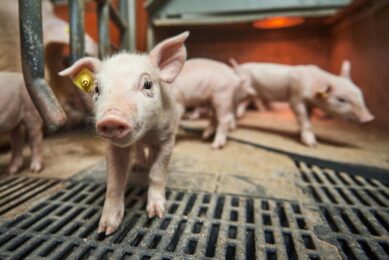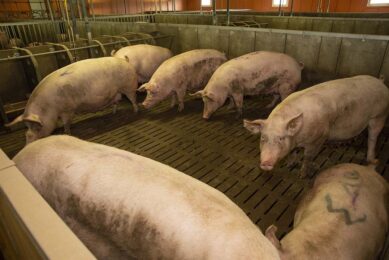Production data can improve sow longevity

Animal welfare in gestation and farrowing units is a high priority for most sow producers. A longer production life for sows results in increased profitability for pig producers. Moreover, it is expected that increased sow longevity will improve animal welfare, because underlying causes of mortality and morbidity can be reduced.
Longevity is complex to select for because it is very much affected by the environment the sow is in, by different culling strategies and by the type of herd, that is, multiplier or production herd.
A PhD project by Bjarke Grove Poulsen aims to improve sow longevity by investigating how to use production data to predict breeding values for longevity. Poulsen is an industrial PhD student in the Breeding & Genetics department at the Danish Agriculture & Food Council. The project is a collaboration with Center for Quantitative Genetics and Genomics at Aarhus University, Denmark. The project is close to being finished, and the results are expected to contribute to increased sow longevity.
A new way of breeding for longevity
Longevity is often selected for through indicator traits such as the probability that a sow will be serviced after first parity. An indicator trait for longevity is a trait that is genetically correlated with longevity. The stronger the genetic correlation is, the more information the indicator trait provides for longevity, and the higher correlated genetic progress for longevity.
The gap in the research that this PhD project fills is that the data on longevity is recorded in production herds, instead of nucleus or multiplier herds. With production data, new statistical models can be tested to improve selection for sow longevity. The project opens the doors to breed directly for longevity in production herds. But it is also easier to find good indicator traits for longevity that can support breeding for sow longevity. The project shows promising results and succeeds in defining new statistical models to predict breeding values in purebred pigs for longevity in production sows.
Data from production herds
For longevity, the type of herd is relevant. Sows in multiplier herds are treated differently from sows in production herds, which means it is not the same underlying biological processes that are important, although the same thing is measured. Part of Phase 1 of the project was to estimate the genetic correlation between the current indicator trait for longevity and longevity measured in production herds. The analysis showed that the traits had a genetic correlation of 17–23%. This underscores that the genetic backgrounds for the traits are not 100% the same, which means there is potential to improve breeding for longevity by using production data.
Initial results are promising
The preliminary results of the project indicate that by using data on longevity from production herds, more genetic progress for longevity can be achieved in the populations used in the project. Consequently, it is expected that this will have a positive effect on sow survival – to benefit both animal welfare and profitability for the producers.
Join 18,000+ subscribers
Subscribe to our newsletter to stay updated about all the need-to-know content in the pigsector, three times a week. Beheer
Beheer










 WP Admin
WP Admin  Bewerk bericht
Bewerk bericht